
China Reports 7,000 New COVID Cases — Drastic Measures Spark Global Alarm
China is on high alert after a sudden outbreak of over 7,000 Chikungunya virus cases in its Guangdong province, prompting authorities to roll out emergency measures that closely resemble past COVID-19 protocols.
The mosquito-borne virus has swept through 13 cities, with the epicenter located in Foshan, a major manufacturing hub just northwest of Hong Kong. In response, officials are enacting strict containment strategies to halt the spread — including mandatory hospital stays, mosquito net isolation, and release only after a negative test result, according to the BBC.
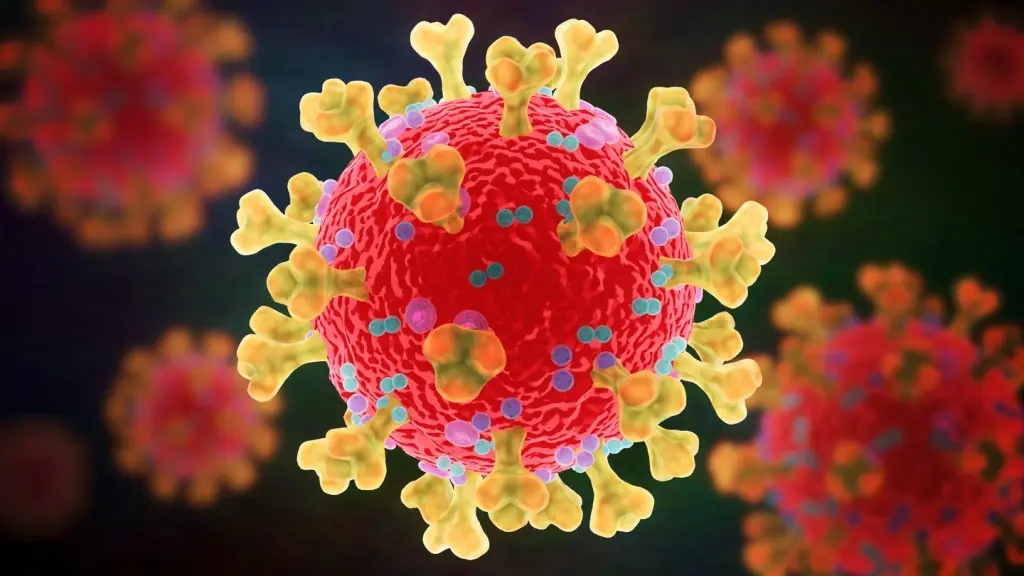
First Hong Kong Case Sparks Regional Concern
In July, a 12-year-old boy became the first confirmed case in Hong Kong, after returning from Foshan. He exhibited classic Chikungunya symptoms — fever, rash, and joint pain — raising concerns of cross-border transmission. The U.S. Centers for Disease Control and Prevention has since issued a travel advisory, urging Americans to exercise caution when visiting China.
With nearly 3,000 new cases reported in just one week, and a provincial population of over 127 million, health experts are racing against time to curb the outbreak.
🦟 What Is Chikungunya Virus?
The Chikungunya virus is an RNA virus in the alphavirus genus, part of the Togaviridae family, according to the World Health Organization (WHO). It was first identified in Tanzania in 1952, and its name — chikungunya — comes from the Kimakonde language, meaning “that which bends up”, referencing the hunched posture of sufferers due to excruciating joint pain.
The virus is not contagious from person to person. It is spread exclusively through the bite of an infected mosquito, especially Aedes aegypti and Aedes albopictus — the same species that transmit dengue and Zika.
Although Chikungunya has made its presence felt in Africa, Asia, the Americas, Europe, and Pacific islands, this recent surge in China marks one of the country’s largest-ever outbreaks.

🤒 Chikungunya Symptoms: What to Watch For
The symptoms of Chikungunya closely mimic those of dengue and Zika, making clinical diagnosis challenging. According to the CDC, signs typically include:
- Sudden high fever
- Severe joint pain and swelling
- Muscle aches
- Headaches
- Skin rashes
In most cases, symptoms resolve within a week, but some patients — especially the elderly or those with underlying conditions like high blood pressure, diabetes, or heart disease — may experience joint pain lasting for months. WHO also notes that in rare cases, severe organ complications may arise, necessitating hospitalization.
Fortunately, Chinese authorities report that 95% of recent patients have already been discharged, with most cases being categorized as mild.
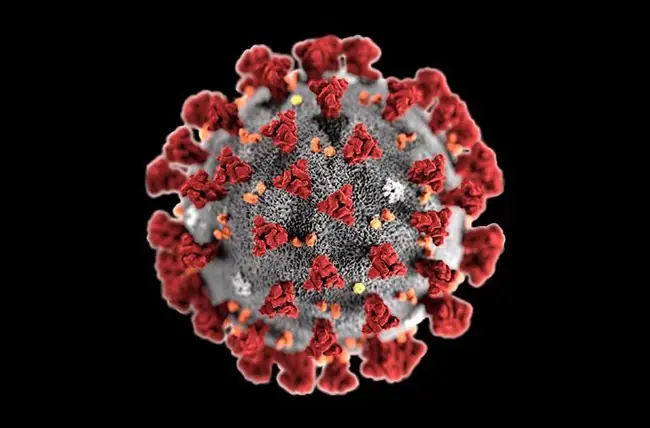
🛡️ China’s Aggressive Measures to Stop the Spread
To contain the outbreak, Chinese officials have implemented a multi-layered public health campaign, mirroring many of the tactics used during the COVID-19 pandemic:
- Eliminating mosquito br:eeding sites: Residents are being ordered to remove all stagnant water sources from their homes, including flowerpots, bottles, and coffee machines. Noncompliance can lead to fines of up to 10,000 yuan (approx. $1,400).
- Aerial surveillance: Drones are scanning neighborhoods to identify hidden puddles and containers that may harbor mosquito larvae.
- Biological warfare: Authorities have released thousands of genetically modified "elephant mosquitoes" — oversized, harmless insects that prey on the larvae of smaller, virus-carrying mosquitoes.
- Natural predators: In a novel approach, 5,000 mosquito-eating fish have been released into ponds and lakes in Foshan to devour larvae.
- Chemical intervention: Sanitation workers in full gear are spraying insecticide across public areas to reduce mosquito populations.
- Travel restrictions: At the height of the outbreak, surrounding cities enforced a two-week home quarantine for anyone arriving from Foshan. Though this restriction has now been lifted, it sparked flashbacks to China’s strict COVID-era lockdowns.
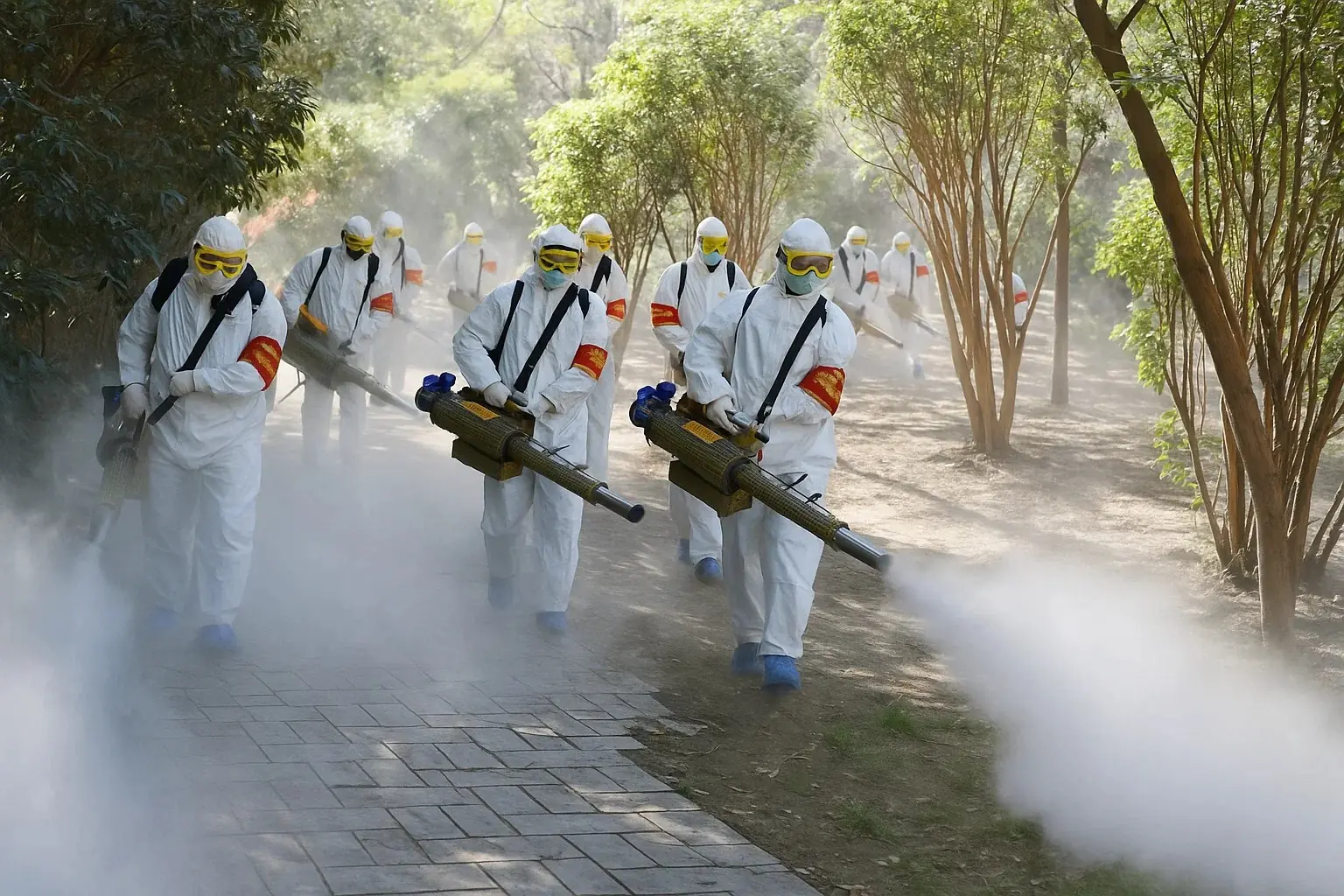
🚨 What Comes Next?
While the majority of Chikungunya cases in China remain non-fatal and relatively mild, the scale and rapid spread of the virus have triggered an urgent response that suggests authorities are leaving nothing to chance. Public health experts will be watching closely to see whether the measures prove effective — or if China’s summer of mosquitoes has only just begun.
Bottom line: If you're in or traveling to the Guangdong region, take mosquito protection seriously — and stay updated on local health advisories.
News in the same category


Officials Warn Tourists As Giant Toxic Jellyfish Washes Ashore At Popular Beach

When Nighttime Leg Cramps Become a Concern

One Month Before A Heart Attack, Your Body Will Warn You Of These 7 Signs

Researchers Sound Alarm Over Surge In Anal Cancer And High-Risk Populations

5 Things Doctors Say You Should Never Give Your Kids to Help Prevent C@ncer

6 Powerful Castor Oil Benefits for Your Health and Wellness
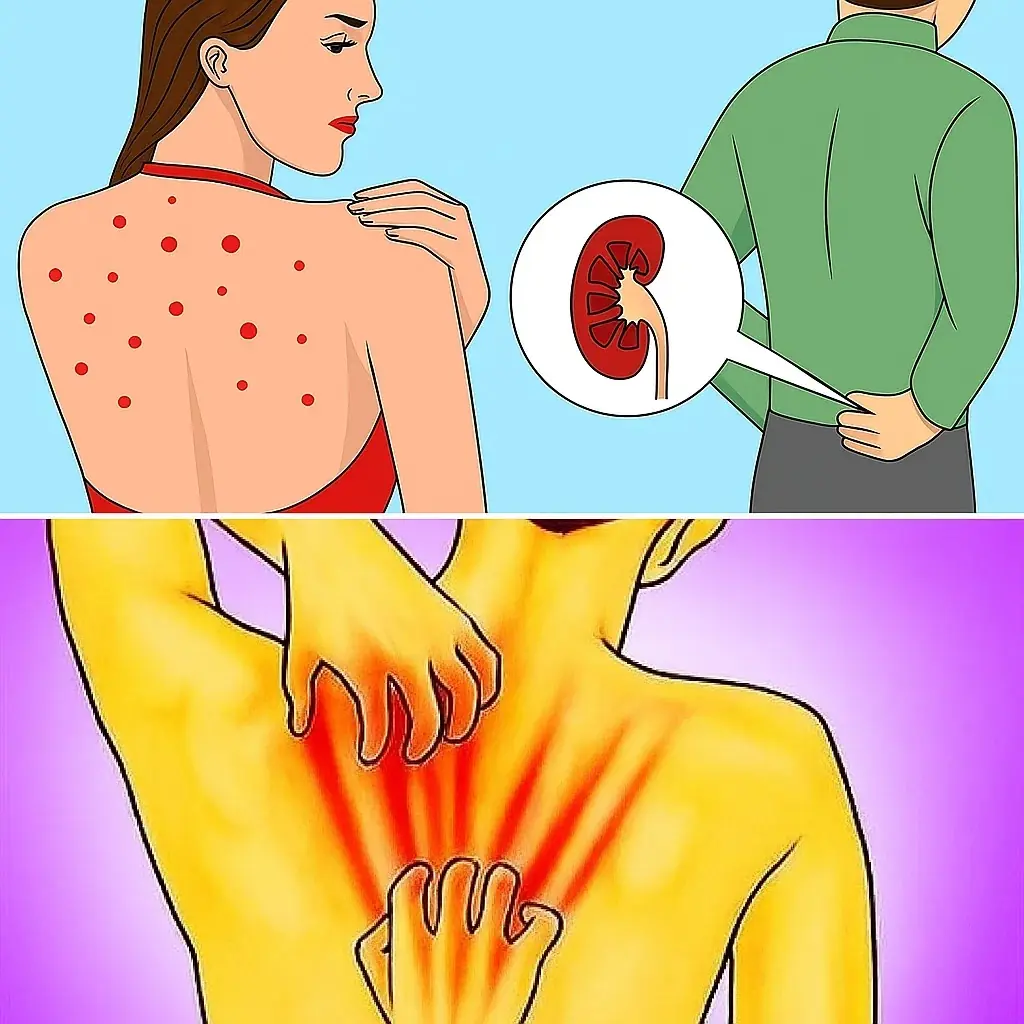
10 Warning Signs Your Kidneys May Be in Serious Danger
Your kidneys quietly work around the clock to keep your body in balance, but when they start to fail, the symptoms can be subtle and easily overlooked. Spotting these early warning signs could save your health—and even your life.

Evidence-Based Health Benefits of Honey (Raw, Pure, Natural) + Turmeric Golden Honey Recipe

Cancer Is Painless At First, But If You See These 8 Signs When Going To The Bathroom, You Should Go For An Early Check-Up
Changes in bowel movements can sometimes be an early red flag for colon cancer, even when other symptoms seem absent. Understanding what’s normal — and what isn’t — could make all the difference in getting timely help.

Home Remedies for Blocked and Stuffy Nose

Woman Reveals the Sh0cking Fantasy Over 50% of Married People Secretly Admit To Having
Over half of married people admit to secretly fantasizing about an ex — a habit experts say can trigger emotional detachment and strain current relationships. While revisiting old memories may feel harmless, psychologists warn it could signal deeper iss

Doctors Warn 3 “Don’ts” After Meals—And 4 “Don’ts” Before Bed To Prevent Stroke At Any Age
Up to 80% of strokes can be prevented, and the key lies in small daily habits — especially right after meals and before bedtime. Science now reveals 3 post-meal and 4 pre-bed “don’ts” that can protect your brain, heart, and long-term health at any
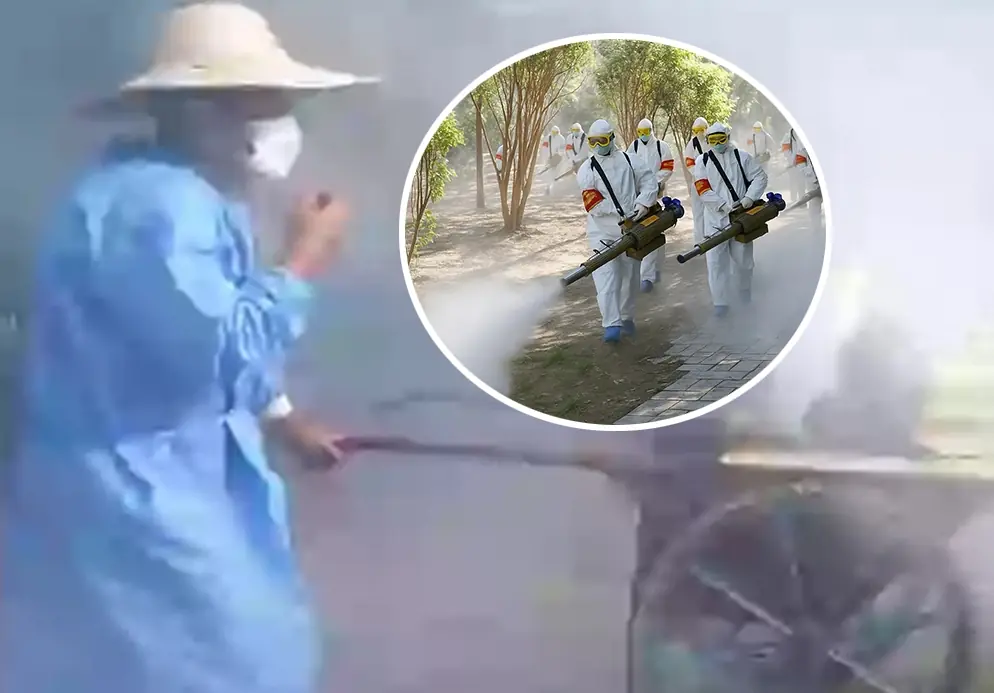
Symptoms of Chikungunya virus revealed as China takes 'COVID measures' after reporting 7,000 cases
China is on high alert after more than 7,000 Chikungunya virus cases were reported across 13 cities in Guangdong, prompting swift containment measures. Unlike COVID-19, this mosquito-borne disease spreads through bites, but its painful symptoms and rapid

Foamy Urine: Here’s Why You Have Bubbles in Your Urine
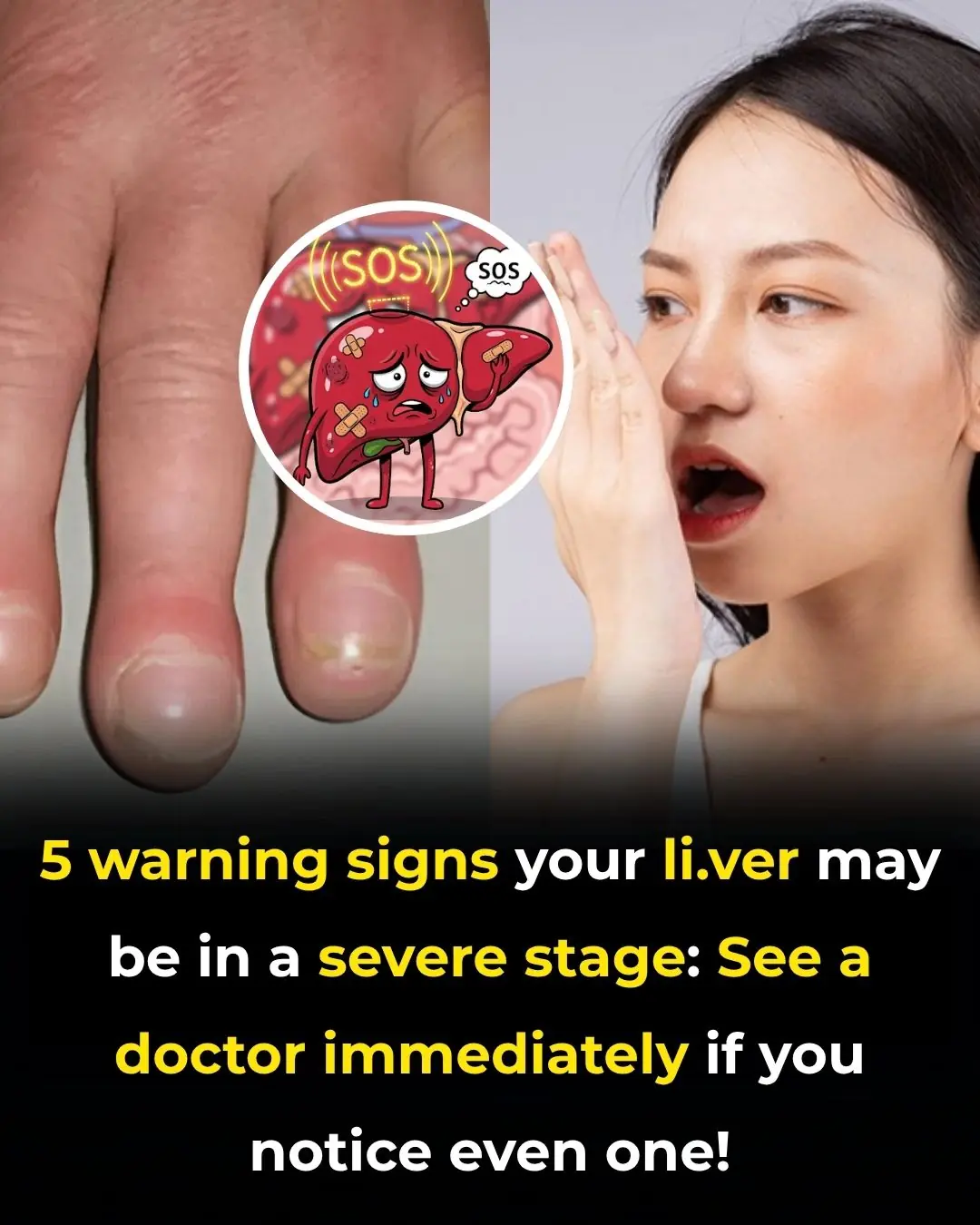
Bruising Easily? Itchy Skin? 5 Hidden Signs of Liver Damage You Might Be Overlooking

Proven Health Benefits of Turmeric and Honey (Golden Honey) – Evidence Based
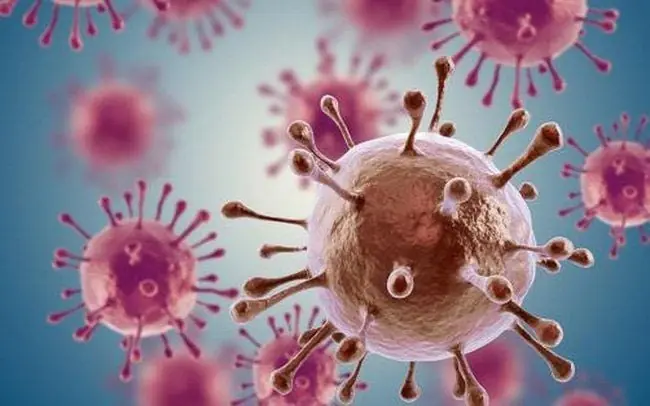
The 20 Most Potent Cancer-Fighting Foods Hiding in Plain Sight

You’re Drinking Water Every Day but This One Mistake Is Costing You

If Your Partner’s Breath Is Brutal, Just Make This One-Ingredient Fix This Morning
News Post

A Late-Night Uber Ride That Changed a Life.

The Only Thing My Late Dad Left Me Was a Rusty Key, and I Thought It Was a Joke Until My Cousin Offered Me $10,000 for It – Story of the Day

You Should Never Ignore These 9 Things Your Fingernails Reveal About Your Health

Scientists Warn Foot-Long “Demonic Flesh-Eating” Worms Are Invading The U.S.—Here’s What To Do

Officials Warn Tourists As Giant Toxic Jellyfish Washes Ashore At Popular Beach

When Nighttime Leg Cramps Become a Concern

One Month Before A Heart Attack, Your Body Will Warn You Of These 7 Signs

Coca‑Cola Fires Back After Trump Claims He Switched The Coke Recipe

Researchers Sound Alarm Over Surge In Anal Cancer And High-Risk Populations

5 Things Doctors Say You Should Never Give Your Kids to Help Prevent C@ncer

6 Powerful Castor Oil Benefits for Your Health and Wellness

A Wild Kingfisher, Three Generations, and the Unspoken Language of Love.

More Than a Win: The True Victory of the Cooma North Boys.

Moment two AI agents realise they're talking to another AI and switch to their own bizarre language

Woman earns hundreds every day just by sitting in New Yorker's cars

My Husband Threw Away the Chicken I Cooked Saying 'You'll Thank Me Later' – When I Found Out Why, I Filed for Divorce

The Ride That Changed Everything.

My Sister Brought My Ex to My Wedding and I Was Stunned, but Then Her Speech Changed Everything – Story of the Day

10 Warning Signs Your Kidneys May Be in Serious Danger
Your kidneys quietly work around the clock to keep your body in balance, but when they start to fail, the symptoms can be subtle and easily overlooked. Spotting these early warning signs could save your health—and even your life.
